7Artisans 50mm f1.1 M Mount Lens Review
The M mount has many legendary lenses. There's the obvious Leica ones. The poppy and hoppy Zeiss ones. The very solid and not bank breaking Voigtländer ones. And because M mount allows easy adaption for LTM ( Leica Thread Mount ) lenses, there is a sea of amazing LTM lenses as well. The issue with most of these is that they are not the cheapest. Especially if you're looking for new lenses instead of classic lenses with scratches and haze. Quality does require a certain investment but one has to think that part of the price comes from the fact that M mount is very attached to the Leica name.
M mount has an interesting place in today's world. You can use it on Leica rangefinder cameras. All of them. Starting from the first one, the M3, and ending with the current one, the M10. And it will almost certainly be used on the next Leica rangefinder cameras as well. But there's another interesting aspect to the M mount. It can be adapted to most, if not all, modern mirrorless cameras. Fujifilm, Sony, Canon, etc... That's a wide range of cameras to choose from.
I don't know whether it's because of the great interoperability of the M mount or other reasons but China has been releasing very affordable M mount lenses in the past few years. They are proper lenses, not lenses with "toy camera" influence.
This review is about 7Artisans 50mm f1.1 lens. f1.1 is wide. You can get this lens new for around $300 - $350. In comparison a Leica Noctilux-M 50mm f1.2 will require a modest $8000 investment. Voigtländer Nokton 50mm f1.1 will remove one of the zeroes from that price. Whilst it may not be fair to directly compare these lenses, the price difference is substantial.
I bought my copy used, for around $200. No scratches. Top mint+++. It's in silver color. I would prefer black but it's no biggie. I don't mind putting silver lenses on black bodies. Or any color lens on any color body. I've had this lens for 1.5 years and I've shot it. A lot. Both analog and digital. Here are my thoughts.
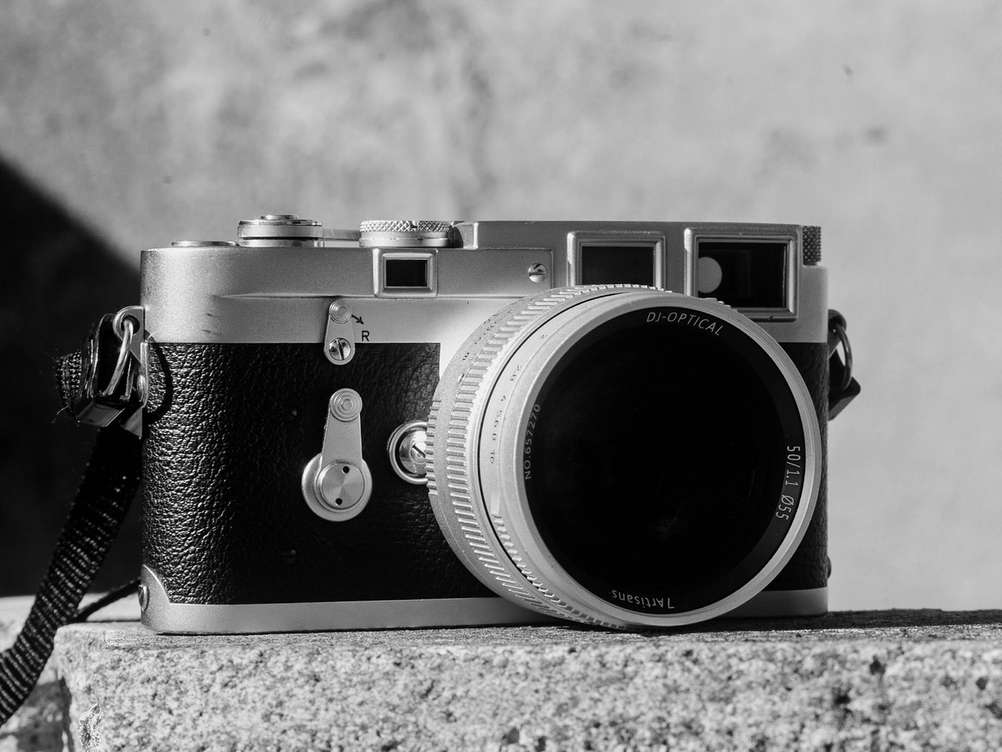
7Artisans 50mm f1.1 lens on a Leica M3 body.
Build Quality
The build quality is very good. Even though it's a cheap lens in M mount world and wide f number terms, you can't tell that by looking at or using it. It has an all metal body and an all glass...glass. It feels super solid and very well put together. Nothing rattles. Focussing is silky smooth. Aperture is also smooth as it's clickless. Because these lenses are relatively new, it's very difficult to tell how they will handle the hand of time. I have camera equipment that is close to 100 years old and it still feels smooth and solid. Can this lens achieve the same? I will update you in 50 or so years. Please set a calendar reminder.
All good so far then. But not so fast! M mount lenses are intended for rangefinders so focussing should be rangefinder coupled. Which this lens is! The coupling needs to be precise to ensure that you can accurately focus with a rangefinder camera. This is especially important for a lens with a wide aperture. f1.1 is exactly that. This is an area where 7Artisans might be cutting some corners. Each lens comes with all the tools necessary to adjust the rangefinder coupling. One would assume that it's because the coupling might not be 100% precise out of the factory. Adjusting the coupling is quite easy if you have a digital rangefinder with a live view. It's a bit more tedious if you have a digital rangefinder without live view. And it's very tedious if you only have an analog rangefinder. Luckily my copy is well coupled. I've never had focussing issues with this lens and I've used it on two different M3's and two different M9's. I don't know whether it came like this from the factory or whether the previous owner calibrated it. Either way I'm happy.
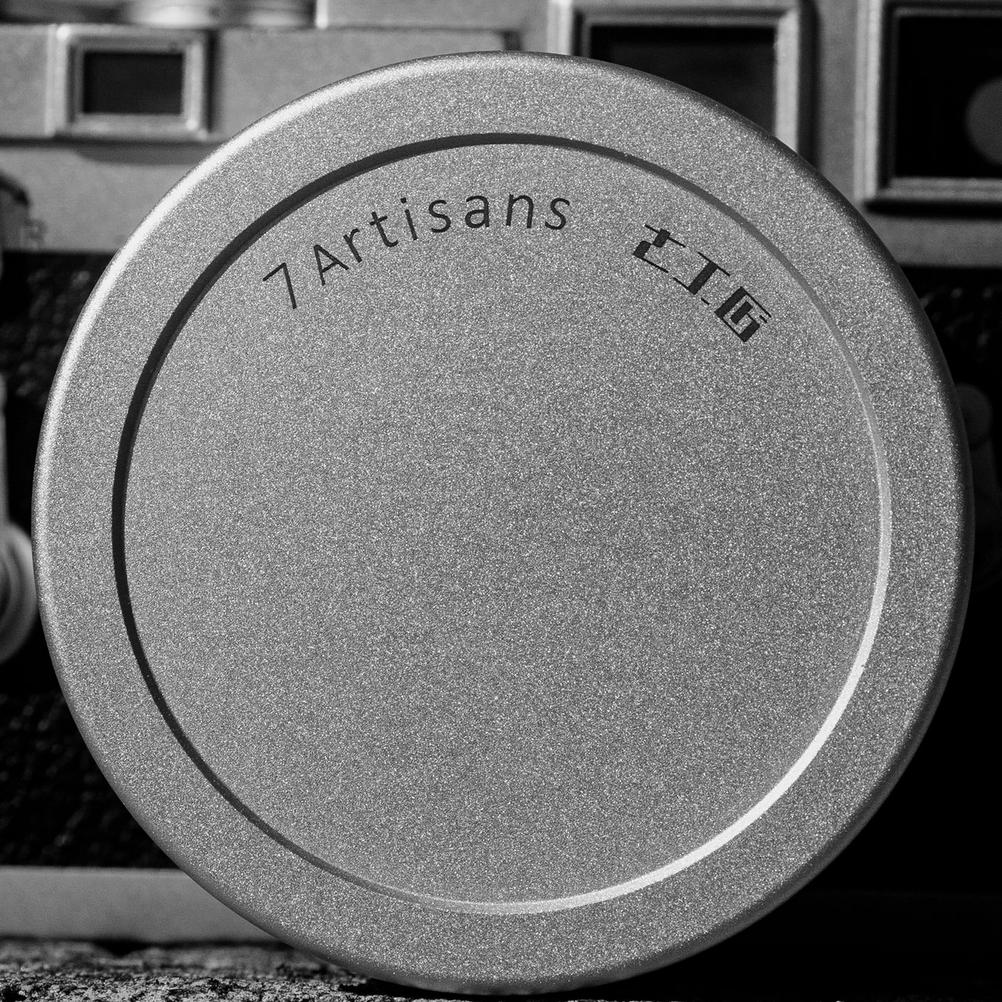
The lens comes with a metal lens cap. It feels nice but it doesn't take much for it to fall off. It's held in by friction and there isn't much of it there. Over time it will only get smaller and smaller.
Usability
Let's start with the bad. And the worst offender is the clickless aperture. I dislike clickless apertures. I see no benefits for it in photography. Clicks are satisfying. They give you confidence. You can change the aperture without the need to look at the lens. Clicklessness provides only sadness. The reason could be the cost, I don't know. Aperture stop spacing is also not even but that's not a huge issue and is more common in older lenses.
Next is the size and weight. It's not a light lens and it's also not a small lens. This is to be expected as it's a f1.1 lens! There is some viewfinder blockage which will go into 50mm framelines. It's not big enough to cause any major issues. This size means that you won't want to take it with you as an everyday lens. For me that's not an issue. I still find plenty of circumstances where to shoot it when the weight doesn't bother me.
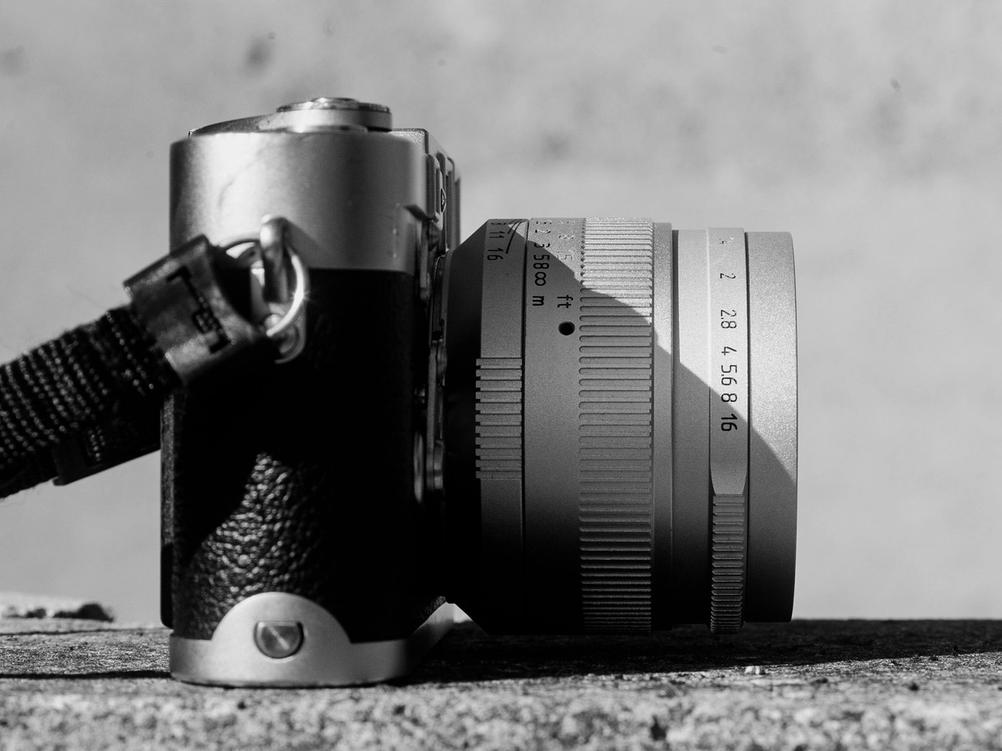
Lens is definitely quite big when fitted on camera. The length is OK. But it's very fat.
And don't get fooled by product photos like this. It doesn't balance well on camera. It's definitely nose heavy.
On the upside, the focusing is very pleasing. Initially I thought that it's too easy to turn the focusing ring and that there is not enough travel from the shortest distance to infinity. There is about 90 degrees of travel. Interestingly it's the same amount of travel that the aperture ring has. But after using it longer I like how it's balanced. I find it quick and easy to focus with which is surprising for a f1.1 lens. I also have a Canon 50mm f1.2 lens and that is harder to turn and also has more travel. In theory that would allow one to focus with more accuracy. In practice I've never had issues with precise focussing. The easier to turn focus ring with shorter travel makes it faster.
One potential focussing issue I have is the possibility of a slight focus shift. At f4 it seems difficult to get focus where I want it. At least my copy. The focus is often a bit off. My guess is that the actual focus point doesn't agree with the rangefinder there. I have no issues up until f4. After f4 things settle down again but that's due to the increased focus range.
I would sing songs of love and joy for this lens if only it had a clicked aperture. But it doesn't. So I can only sing regular, positive songs.
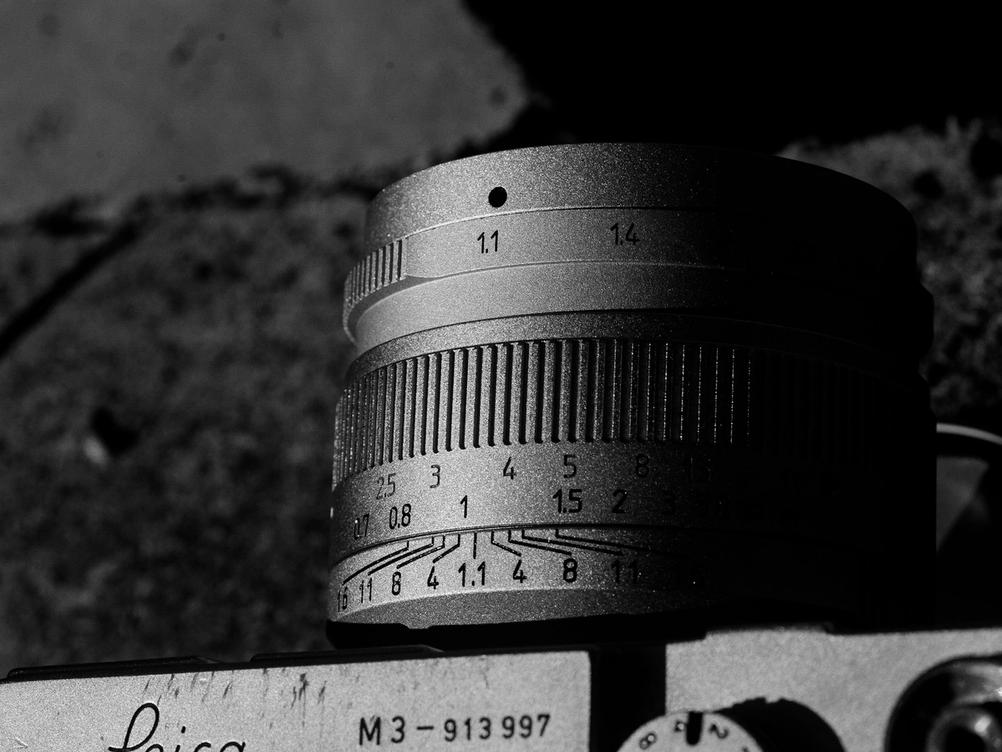
It's a nice lens with good looking numbers printed on it. Some might call it typography. There's also a hyperfocal distance scale but it's not that useful for this particular lens.
Image Quality
So can a "cheap" rangefinder 50mm f1.1 lens provide good results? It certainly can.
I have to note that I've only used this lens on film, Leica M9 ( full-frame ) and Fujifilm X-Pro1 ( APS-C ). I've read that it may not perform as well on some other mirrorless cameras like the Sony A7 series. The reason for that is the thicker sensor filter stack used which means that light is bent in weird ways causing certain issues. If you're planning to use this camera on non-Leica digital full-frame cameras then consider reading different reviews that cover this use case. APS-C cameras should not be as affected.
Bokeh & Subject Separation
Most people will be interested in bokeh. That's natural. We all have these sick urges. Bokeh, or background blur, is a weird one. At f1.1 the lens has a very chaotic bokeh. Objects in the distance are out of focus but their edges are definite and weirdly distorted making a very busy bokeh. Some people might love the look. I am not the biggest fan. It can work in some cases but for the most part I find it too distracting. Film will handle the crazy bokeh better as grain has a great ability to make most bokeh awesome. Especially in black and white film stocks.
Turn the clickless aperture ring to f1.4 and the bokeh is completely different. Smooth. Calm. Very pleasing indeed. It's quite amazing how much it can change with only a slight change in aperture. This is definitely my favourite aperture to use on this lens. Past f1.4 the aperture remains smooth but obviously less "blurred".
Subjects themselves can have a nice pop which can be most observed on apertures from f1.4 to f2.8. f1.1 is too soft to have any pop and beyond f2.8 everything is so sharp that it's hard to have a good "pop".

- Camera
- Leica M3
- Lens
- 7Artisans 50mm f1.1
- Film
- Svema FN250 EI25
- Development
- Compard R09 / Rodinal; Dilution 1:100; 1hr semi-stand
- Scanner
- Reflecta ProScan 10T
This was shot at f1.4. The bokeh is sooo smooooth. And whilst the subject is not in the center, the sharpness is still very acceptable.
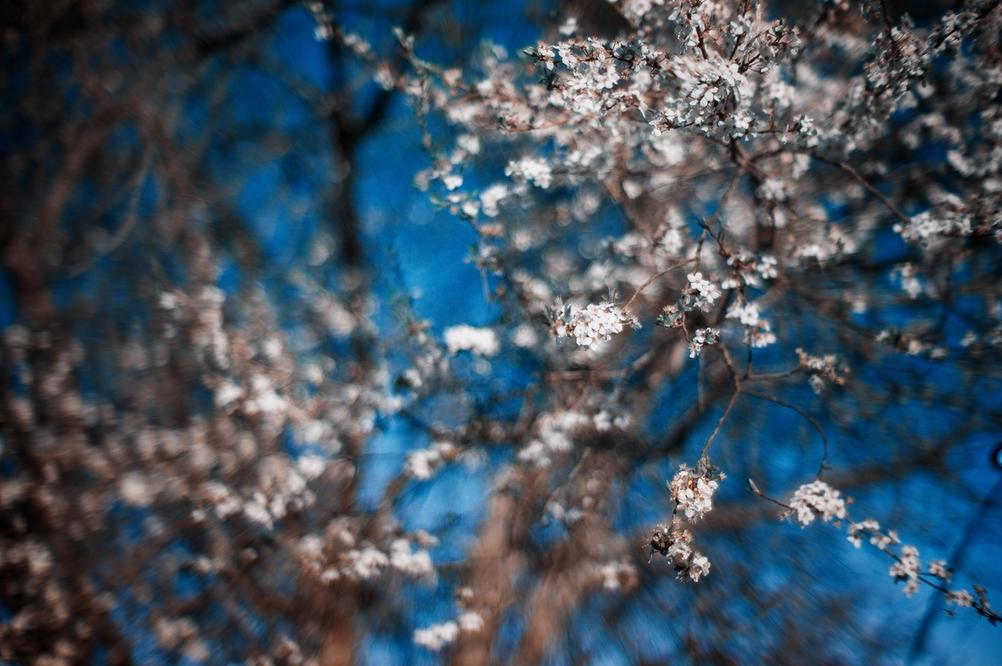
- Camera
- Leica M9
- Lens
- 7Artisans 50mm f1.1
Fully open aperture in all the glory. It makes it look like there's an explosion happening towards the camera.
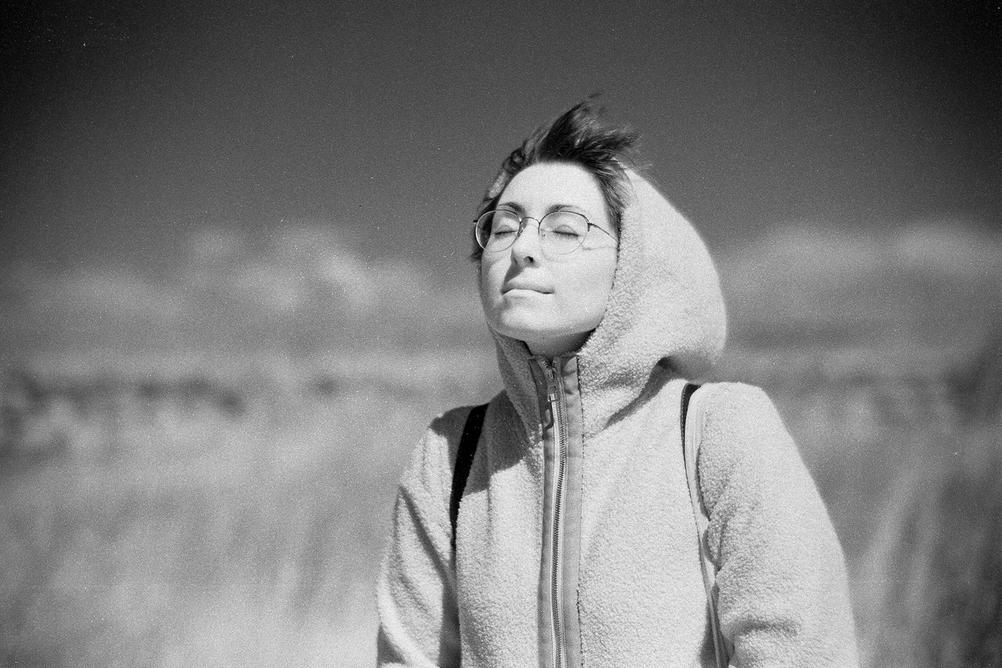
- Camera
- Leica M3
- Lens
- 7Artisans 50mm f1.1
- Film
- Adox IR-HR Pro 50 EI50
- Development
- Kodak HC-110; Dilution H; 9min
- Scanner
- Reflecta ProScan 10T
The lens can give a nice pop even if the whole subject isn't in focus.
Sharpness & Detail
Sharpness, like bokeh, is very impacted by the used aperture. At f1.1 the sharpness is poor. The center has most sharpness and it falls off fast when moving away from there. Objects outside center will have a certain glow. Even the center isn't that sharp. This may sound terrible but it's not as bad. Depending on the subject matter, it can still deliver good looking results but definitely with a certain "look".
Close it to f1.4 and sharpness improves considerably. Center is still the sharpest. Edges are not super sharp but it's much more usable and there is much less glow. I find that this aperture works great for people. And bokeh.
f2 and f2.8 have an acceptable sharpness across the whole frame for my typical needs. At f4 it's reaching its peak sharpness and doesn't improve much beyond that.
I've not shot this lens on high megapixel cameras. I don't know if it can resolve all the detail on a 40 mpix sensor. All I can tell is that I don't have any complaints on the resolving power. It resolves everything I want on film and also on the M9.
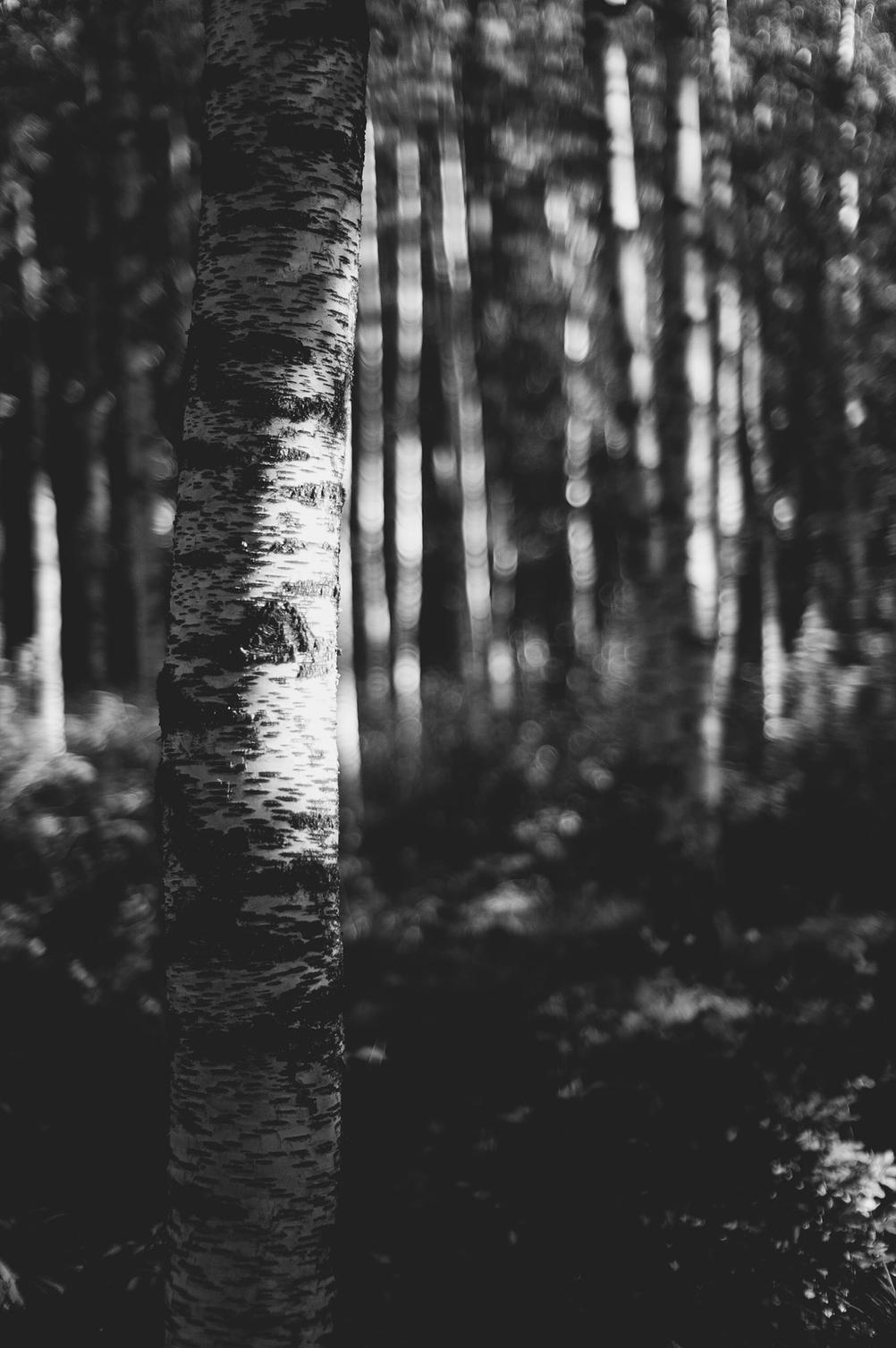
- Camera
- Leica M9
- Lens
- 7Artisans 50mm f1.1
When wide open, you're faced with not only insane bokeh but also glow wherever there's a light patch.
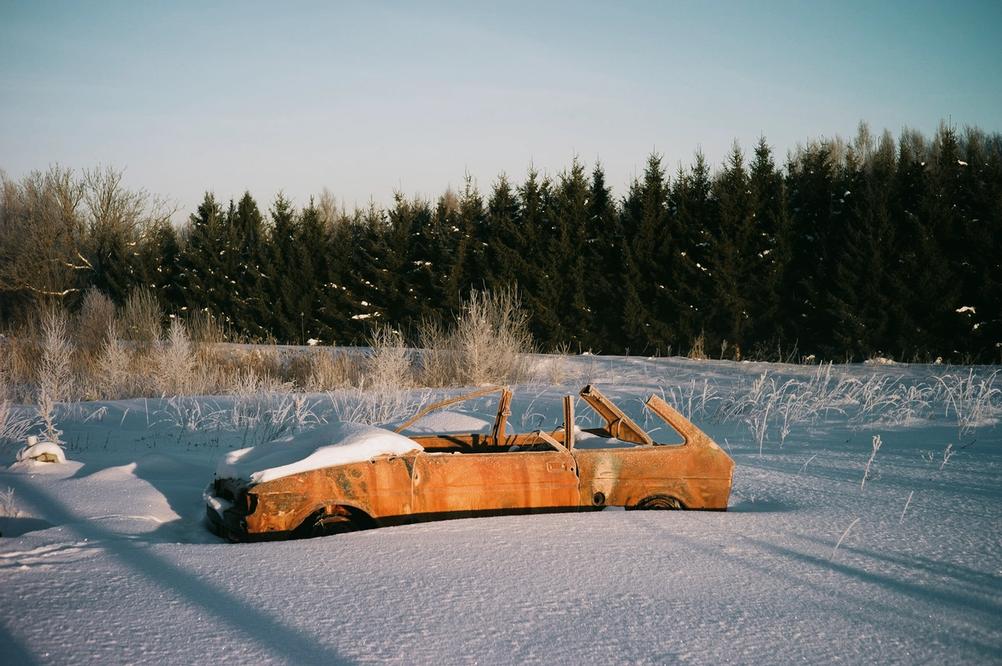
- Camera
- Leica M9
- Lens
- 7Artisans 50mm f1.1
Closing the lens down below f4 will deliver plenty of detail. There is a bit of vignette remaining but that shouldn't bother anyone.

- Camera
- Fujifilm X-Pro1
- Lens
- 7Artisans 50mm f1.1
APS-C sensors will still get their share of artefacts from this lens when shooting quite wide and when looking outside the center. The left tree looks like it's in motion.
Contrast
Contrast mimics the sharpness closely. f1.1 definitely has the least amount of contrast with a dreamy, ethereal look. I don't mind it. It looks well on black and white film, but what doesn't. Closing down the aperture will dial the contrast up. f2 will give you a modern looking image with plenty of punch. f2.8 will max the contrast out and it won't change much further down the aperture chain.
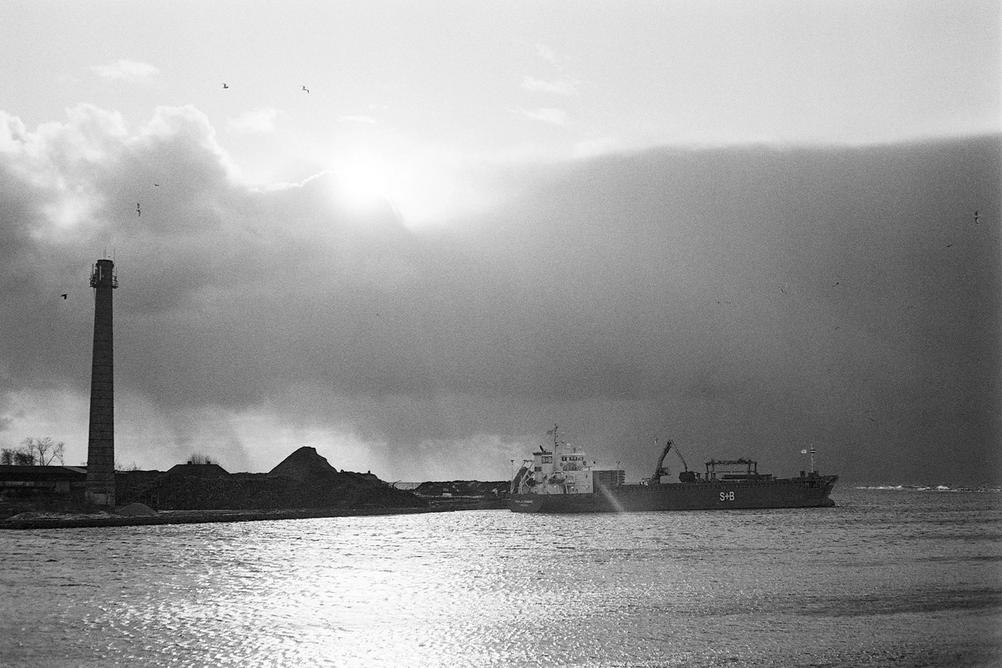
- Camera
- Leica M3
- Lens
- 7Artisans 50mm f1.1
- Film
- Rollei Blackbird EI100
- Development
- Compard R09 / Rodinal; Dilution 1:50; 11 minutes
- Scanner
- Reflecta ProScan 10T
The lens handles flaring pretty well. You can see a bit of an flare but it's not huge and there is very little loss of contrast.

- Camera
- Leica M3
- Lens
- 7Artisans 50mm f1.1
- Film
- Adox IR-HR Pro 50 EI50
- Development
- Kodak HC-110; Dilution H; 9min
- Scanner
- Reflecta ProScan 10T
Contrast that this lens provides can reach insane levels. Especially when using a contrasty film with a red filter.
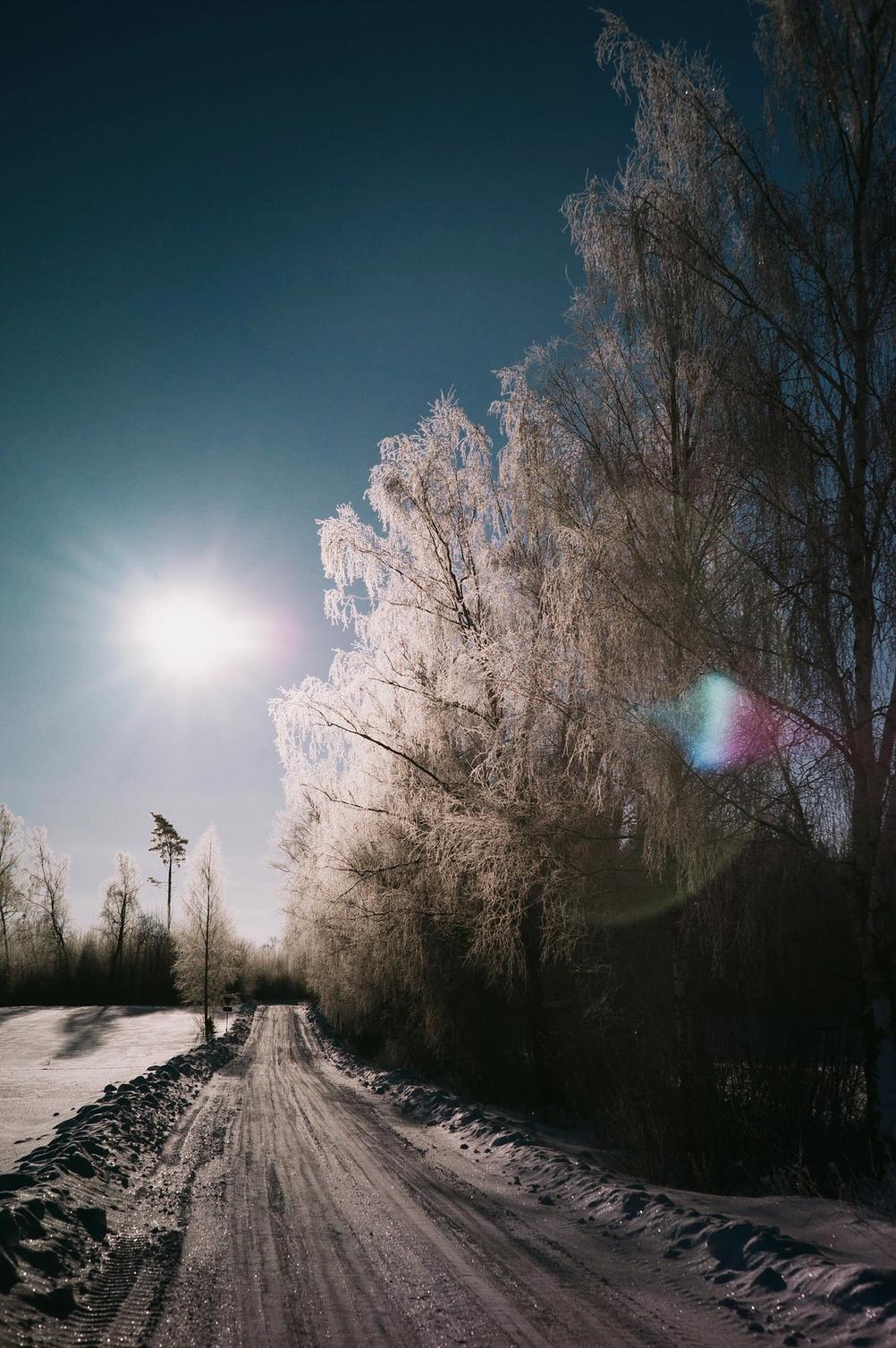
- Camera
- Leica M9
- Lens
- 7Artisans 50mm f1.1
Another flare example where contrast remains static throughout the frame. You get a larger flare this time though.
Colors
Colors are neutral with a twist of modern saturation. It doesn't have a crazy Zeiss explosion of bright colors but it's certainly a modern looking rendering. Most classic lenses will have a more muted color rendering.
There's also no color cast that I can see. Color balance is neutral with no shifts to cold or warm.
One can observe several artifacts like fringing when shooting this lens. Especially closer to wide open. Most of them can be resolved through post processing. Or you can close the lens down to f4 and avoid shooting small, dark subjects against very bright backgrounds.
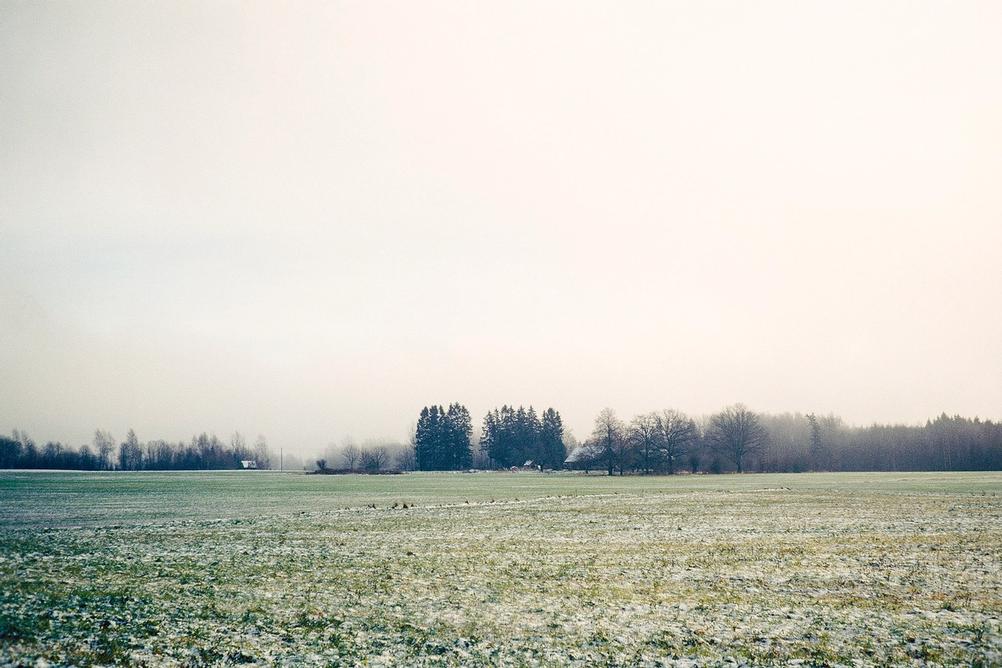
- Camera
- Leica M3
- Lens
- 7Artisans 50mm f1.1
- Film
- Kodak Ektachrome EPP100 EI100
- Scanner
- Reflecta ProScan 10T
Colors are neutral but with enough of a punch.

- Camera
- Leica M9
- Lens
- 7Artisans 50mm f1.1
On digital you can edit yourself away from the natural lens rendering. But when you do, you can still tell whether the lens has a classic or modern rendering.
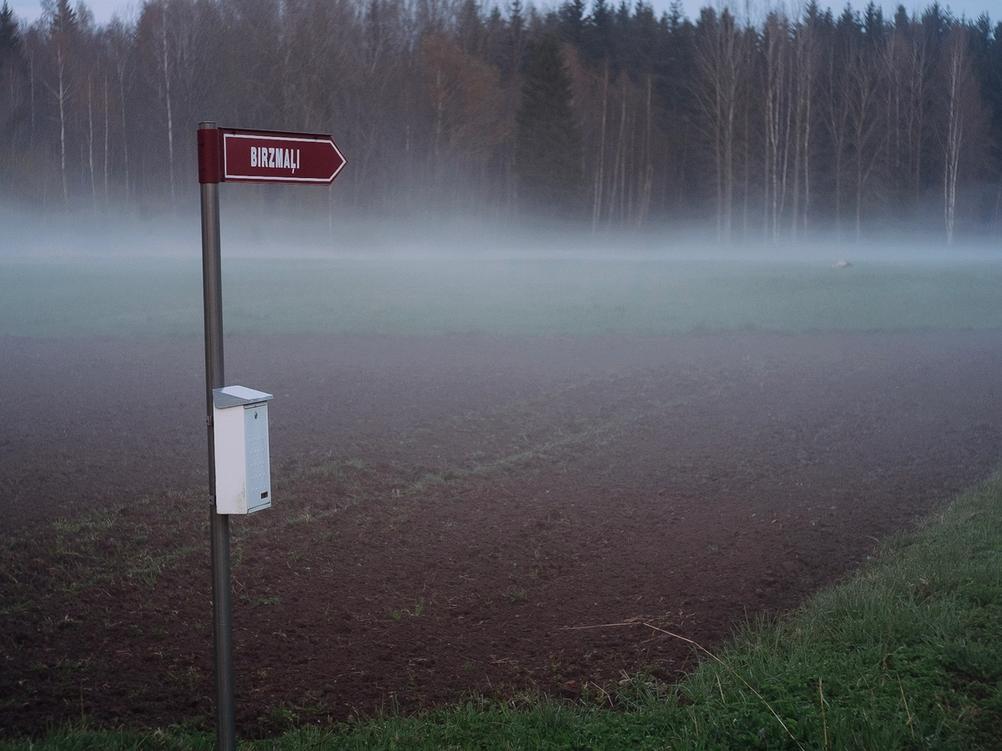
- Camera
- Fujifilm X-Pro1
- Lens
- 7Artisans 50mm f1.1
Colors on digital will be mostly impacted by the sensor and post-processing.
Final Thoughts
I like the 7Artisans 50mm f1.1 but I wouldn't want it as my "go to" 50mm lens and neither should you. It's too big for that. The rendering beyond f2 is also slightly too modern for my tastes. And at the same time not modern enough like Zeiss glass which goes one step beyond where it starts to look good ( to me ) again.
f1.1 is pretty much a gimmick for me. Some might find the soft rendering and weird bokeh pleasing but I struggle to find many uses for it.
I do love how this lens behaves in the range between f1.4 and f2. It doesn't yet have that clinical modern rendering in these apertures and is still plenty sharp. The bokeh is also the smoothest with the best subject separation "pop". I would like to have a f1.4 version of this lens that sheds a bit of weight and size.
It's a good lens for the price range. Build quality doesn't disappoint and image quality surprised me the first time I saw the results. On film it's hard to find faults. Especially with black and white film. Even f1.1 can be used more often there although remember that the depth of field is TINY. On digital more faults make themselves visible but it's still very nice.
Even though this lens can be purchased new, I would consider going second hand. Especially if it's listed as "rangefinder coupling fixed". That could avoid some calibration tweaks that new lenses might need.
